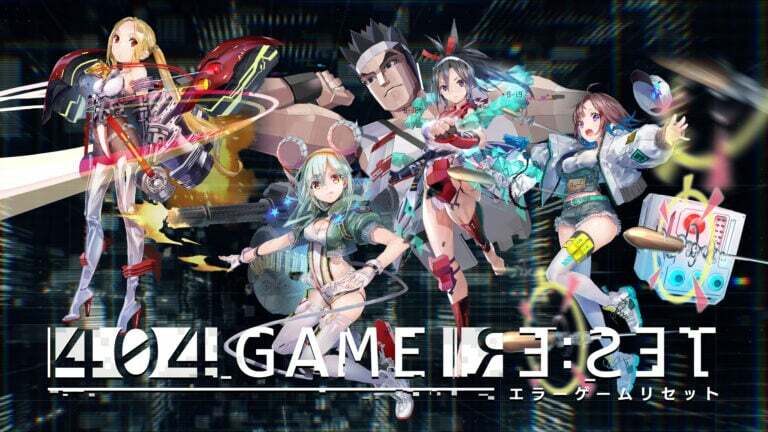I'm pretty sure all systems, not just the Jaguar, had their own test market and demonstration period. You are comparing Jaguar's before it was actually released with other systems based on their actual release date. To me it looks like you are trying to find ways for the Jaguar to look better than it really was.
This is silly, pay attention to what I wrote. The jaguar was massively marketed at the time, you couldn't see any 3D games that looked like what they showed anywhere else at the time, and in June some even had the console.
I'm not "comparing" anything you seem to have forgotten the whole point of the discussion chain was to fart town bringing up how he thought it was silly Sega was reacting to the jaguar, when with proper context it
wasn't silly at all.
Everything around that time period showed the Jaguar as the graphics king because there wasn't anything else to counter it at that SPECIFIC time, which could actually be shown. So if you are Sega and
that's all you see what do
YOU think they thought?
You seem to be just picking apart the post out of context forgetting the whole point of this discussion, why are you bringing up late 1993? Also this conversation is about polygonal 3D gaming, Doom isn't polygonal, and came out in December so after BOTH Jaguar test launches. The whole point was that when the jaguar first tested there was nothing else like it at the time.
Again, to put the topic back into frame,
Agree that SoJ also made awful decisions, imagine being legit terrified/motivated by the Atari Jaguar, lmao.
The Jaguar was a good 2D powerhouse in late 1993/1994. It was also good at pseudo 3D FPS games like DOOM so it had a good DOOM port, AVP and the best looking version of Wolfenstein 3D. With some good coding i don't doubt it might be able to pull off a good Duke Nukem 3D port as well.
And games like Rayman look amazing on the Jaguar.
And now the problems: A lot of focus on 3D games. The console was bad at 3D
it would be more accurate to say the Jaguar "ended up" being bad at the "type" of 3D that ended up being popular. Jaguar was basically a gourud shading 3D console, but with the capability of adding a percentage of textures (limited of course) and a few other hardware advantages to models and environments, that put it at double the power of the best 3D arcade machines that existed at the time it was test marketed.
Again, the point was that the jaguar wasn't bad at 3D, it had top 3D capabilities in its hardware when it was being shown off and during it's initial test release. They had to rely on that type of marketing to create hype and to hide the flaws and Ataris condition that would become apparent months later, and they could get away with it because they were alone, there was nothing being shown to counter that narrative at the time.
It's mostly in retrospect after everyone floored the jaguar later, that people look back and make fun of the claim, mostly because the "32-bits" were clearly more powerful (and the N64 which also was 32-bit but did better to demonstrate a "64-bit" system than the Jaguar did) and when you look through the library, the Jaguar was clearly behind in 3D gaming.
But that was after, at the time there wasn't an PS1 or N64 to look at, nor was there a model 2, a PC costed an arm and a leg to have all the hardware features the jaguar had and near no games to show for it, and 3DO was behind schedule and would rely on Crash N' Burn for months. Atari had demos no one could counter (yet, in practice) other than amount of polygons put on screen (Arcade), but for a home gaming console at $250. what it was touting was considered a big deal regardless and that was overlooked for it's other capabilities.
That's just the fact of the matter, so when people keep acting like Sega's reaction to the jaguar was just a random bad decision out the blue it wasn't. That early in June 1993, there was nothing else that had the coverage to counter what the Jaguar was showing and people were demoing.
If anything, what's funny is that with the 32X, Sega still had hardware weaker than the Jaguar.
That's more of a reason to criticize Sega of Japan imo.
With that being said, we are talking only a handful of months. The jaguar was in fact poorly designed, at least in 3D, and it became clear VERY QUICKLY that they were doomed from the start. It's clear it's 3D was supposed to be limited to gouraud shading with limited textures and no further.
They put on a good show though for a few months. We are literally talking about a lead up from April 1993-June, and then June-Nov which Sega decided the 32X, which is also when the Jaguar problems were becoming obvious, and then going into 1994 when the Jaguar had it's full proper launch, where it was already far behind everything else, and the 32X releasing.
Heck, that's less than a year.
Maybe you could argue Sega should have been
more patient to see what would happen. I think that's a valid criticism.





